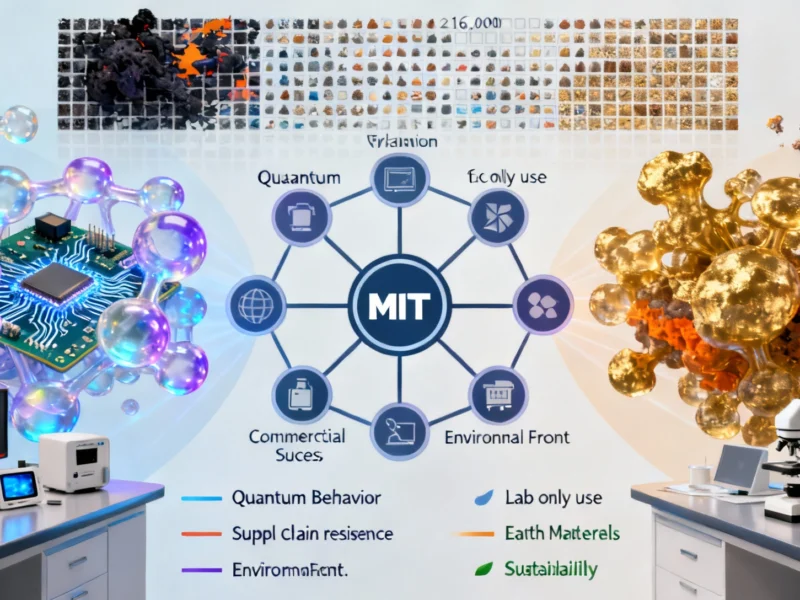Self-Assembling Origami Microrobots Demonstrate Autonomous Communication and Movement
Scientists have created cube-shaped microrobots that self-assemble from origami membranes and feature integrated solar cells for power generation. These miniature devices can communicate via light signals and propel themselves through water electrolysis, representing a breakthrough in autonomous microsystems.
Breakthrough in Miniature Robotics
Researchers have developed a novel approach to creating self-assembling microrobots using origami-inspired techniques, according to reports in Nature Electronics. The team from Chemnitz University of Technology and the European Centre for Living Technology in Venice has created thin membrane structures that autonomously fold into three-dimensional cube-like robots capable of forming more complex arrangements through self-assembly.

